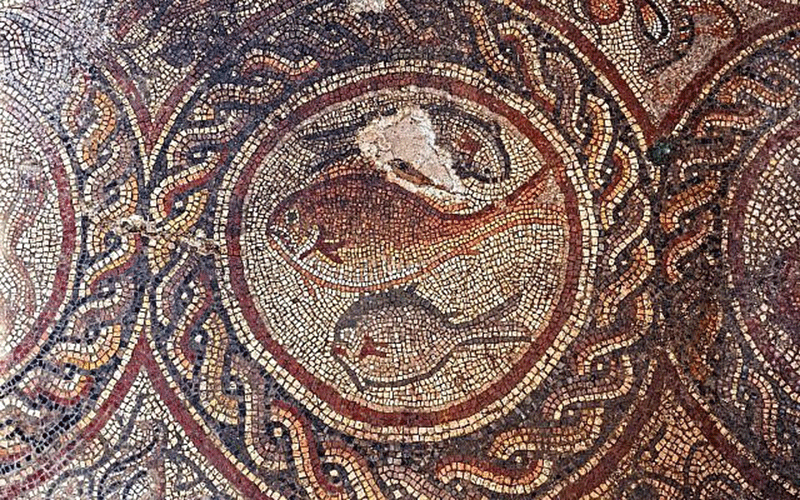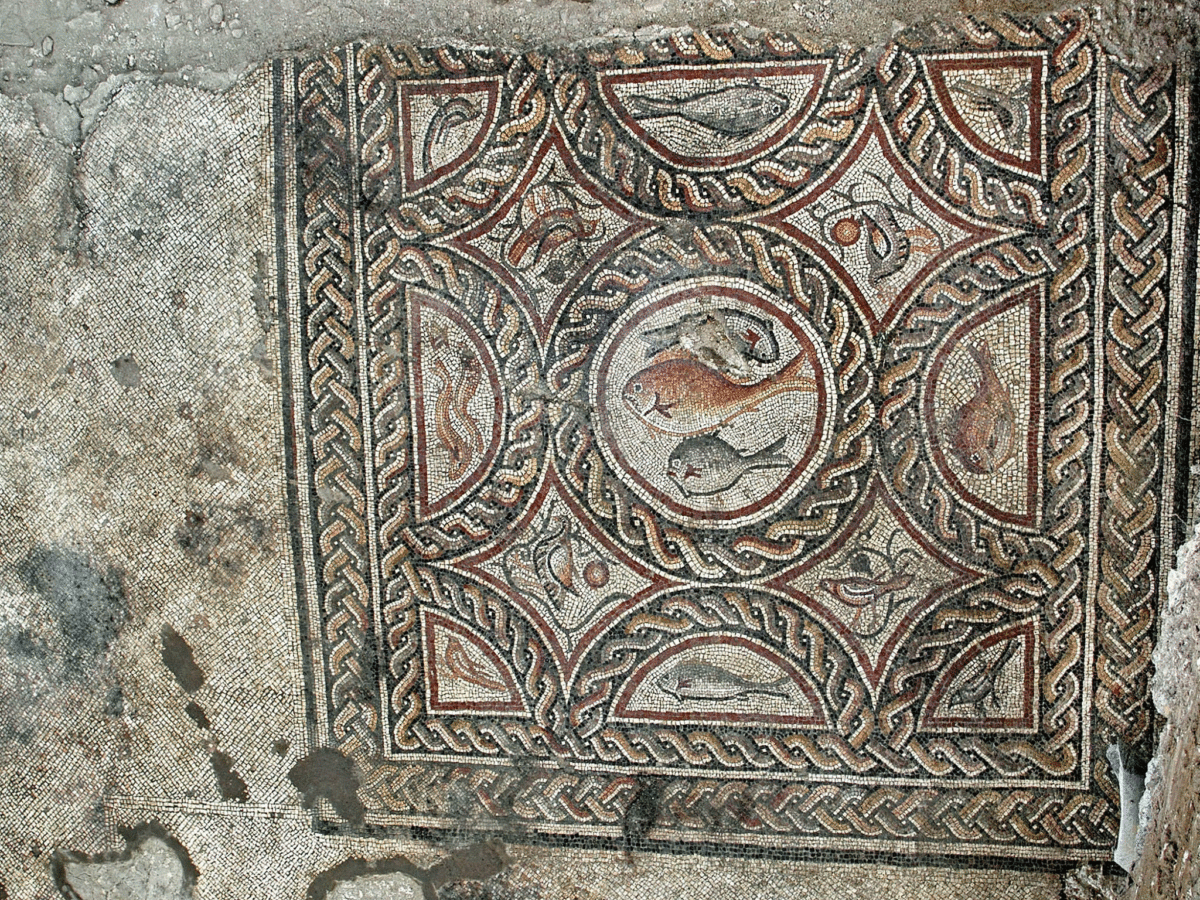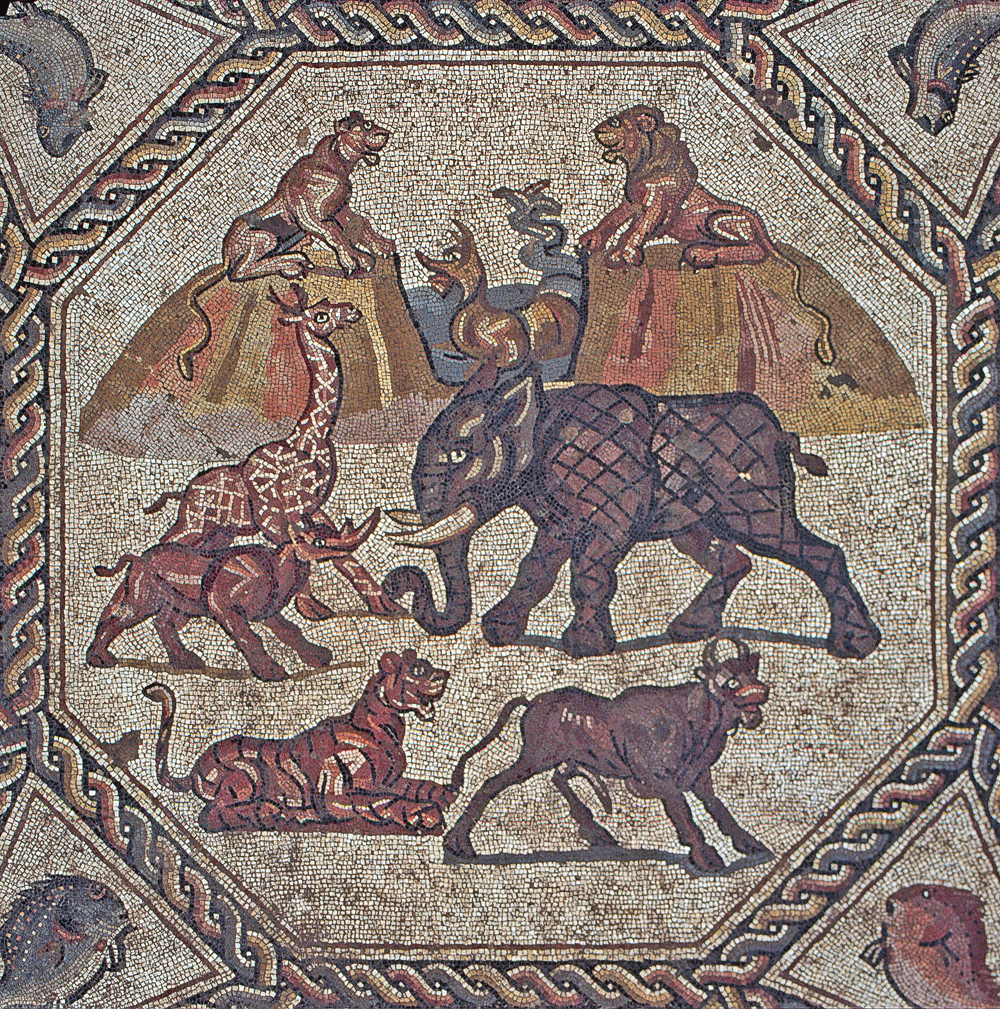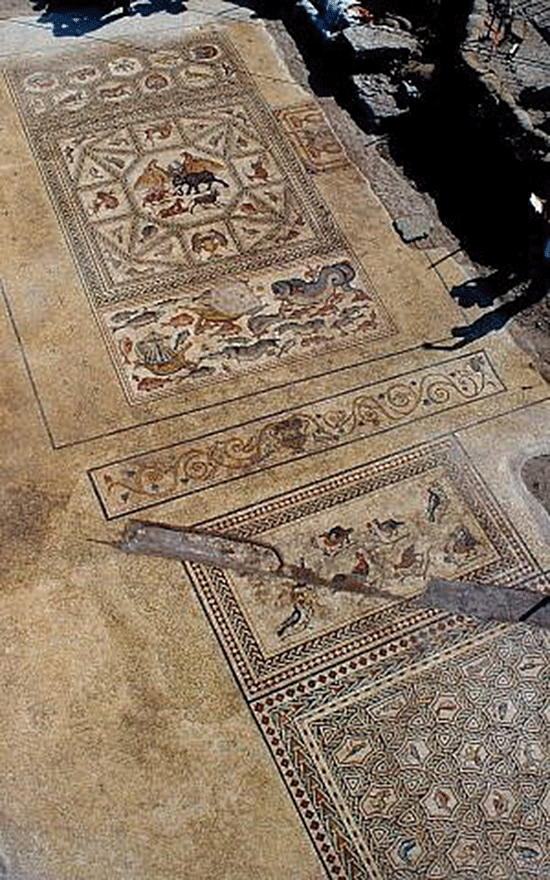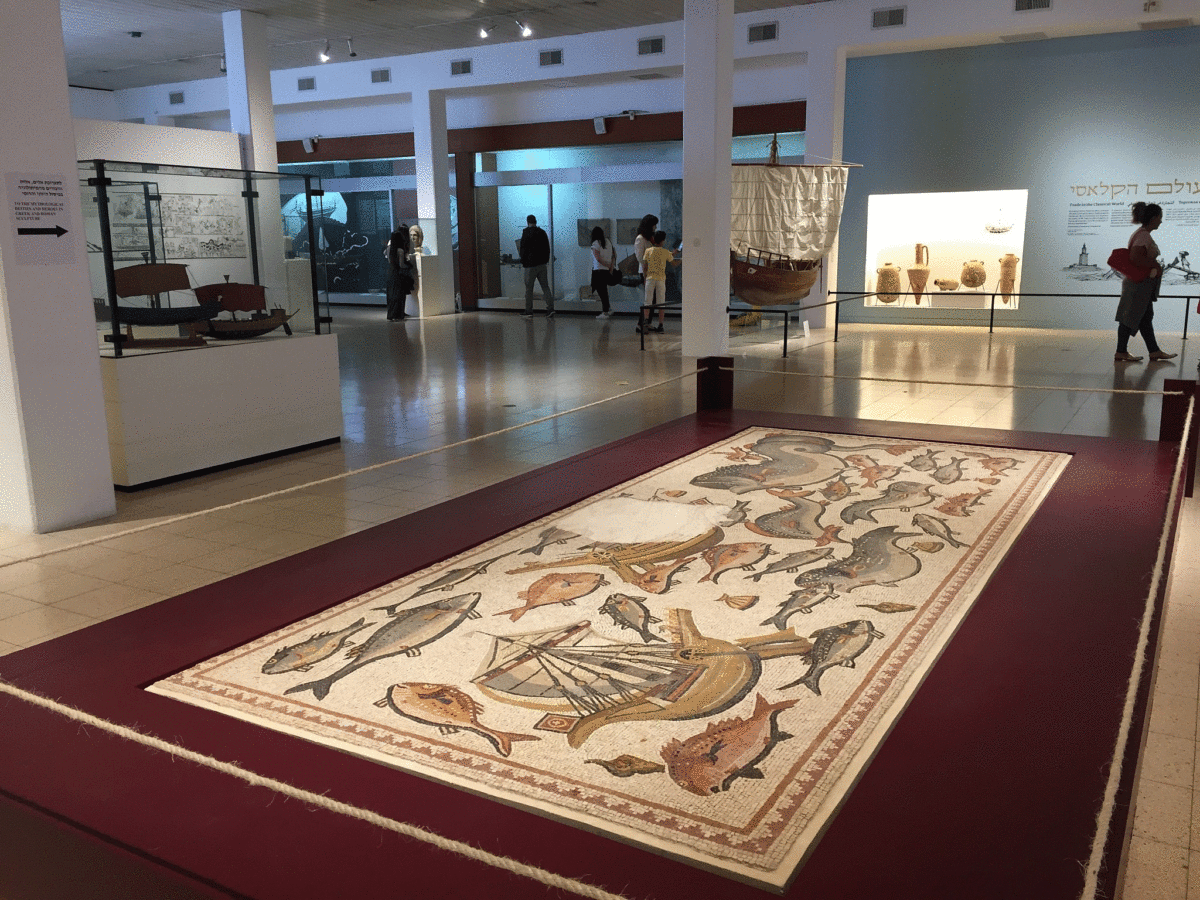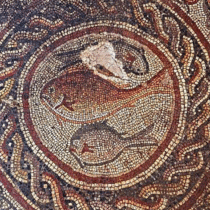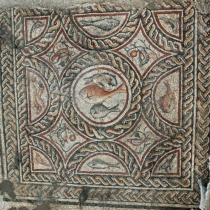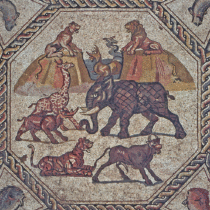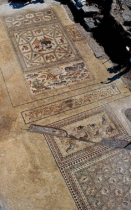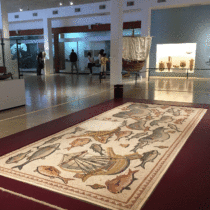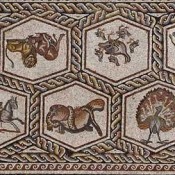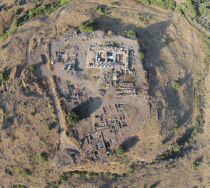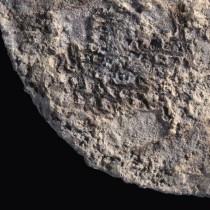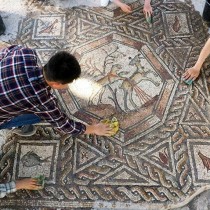Archaeologists in the city of Lod, Israel, have discovered an additional mosaic where mosaics found years ago had been discovered. The team were preparing the site for the construction of a Visitors’ Centre at the site. The centre will include a modern building where the 4th-century mosaics will be displayed, with respect to the plan of the ancient villa they were laid in.
The mosaic dates to the Roman period, as the luxurious villa it was found in, and depicts animals and nature. It bears a motif of three fish and winged creatures in the middle and geometric patterns. Rectangular marks may indicate where the couches would have been placed. Just like the ones discovered previously, the artwork in this new find is also extraordinary. The latest excavation has increased researchers’ understanding of the villa building, as the main central panel of the mosaic was preserved.
Archaeologists believe that the newly discovered mosaic was laid in an additional reception room, right next to the luxurious one found in 1996. If this is true, then the villa might have been much larger than originally thought and several reception halls might have been included. Also, a villa of such a size might have had a second storey. Archaeologists hope that future excavations will provide answers to these questions.
The significance of the discovery and the uniquely preserved exquisite artwork of the mosaic is indicated by the fact that the mosaics discovered previously within the same building, in 1996, have been exhibited to museums all over the world, travelling to New York, Paris, St Petersburg, Florida, Berlin, Venice, Chicago and Cincinnati, with extensive scientific coverage.
Now a museum will be constructed in Lod to shelter the mosaics and remains of the villa, part of the Shelby White and Leon Levy Lod Mosaic Centre Project, which is a joint initiative of Shelby White and the Leon Levy Foundation, the Lod Municipality, the Lod Economic Development Corporation and the Israel Antiquities Authority.
